Give me a golf cart on an obscure small island and I am ecstatic. That’s how I felt on Christmas Eve rumbling around North Bimini, one of thirty inhabited islands in the Bahamas, with my wife and teenage sons on a balmy day full of benign clouds and serendipitous discoveries.
I’m a traveler who is blessed and cursed with hyper-curiosity. Places with too much to see frustrate me because no matter how long I stay, I’m inevitably nagged by a sense that I missed something. I love cruises but port days are a particular tease because you’re always racing against the clock to get back to the ship. So for me, Bimini, with zero stop lights, no fast food and nearly as many golf carts as its 2,000 inhabitants is almost perfect.
Located about fifty nautical miles (a two-hour ferry ride) from Miami, Bimini markets itself as the sport fishing capital of the world and is widely known as the one-time playground of Ernest Hemingway, who spent a total of six-and-a-half months in the place on three trips between 1935 and 1937. There are three main islands — North, South and (uninhabited) East Bimini — but most of the action is on skinny North Bimini, where our ship, the Celebrity Constellation, docked. A good sprinter could cross North Bimini in less than twenty seconds — it’s just 200 meters wide — but what the place lacks in size it more than makes up for in history and legends.
Spain’s King Ferdinand offered Juan Ponce de Leon, then the governor of Puerto Rico, the governorship of Bimini in 1511 as a consolation prize after giving his job to Christopher Columbus’s son, Diego. The place allegedly was the site of the lost city of Atlantis, thanks to an unusual row of hundreds of flat stones on the sea floor nearby, and had a Fountain of Youth too, now commemorated on South Bimini with a well and a sign. The only rub for Ponce was that he had to find the place, which was no mean feat at the time.
Bootleggers got rich using Bimini as a base for rum running during Prohibition and then Hemingway put the place on the tourism map during the Great Depression. He boxed locals every Sunday, caught massive fish, including a 786-pound mako shark and a 500-pound bluefin tuna. He wrote portions of To Have and Have Not, The Snows of Kilimanjaro and Islands in the Stream, which is partially set in Bimini, while staying at the now burned-down Compleat Angler hotel.
We parked on the side of the road to examine an interpretive sign and the charred remains of the Compleat Angler soon after forking out more than $90 for a golf cart from a guy named Dion at Green Carts Bimini. We learned that the hotel, with its trove of Hemingway memorabilia, burned down on January 13, 2006. The owner, Julian Brown, died trying to save guests. Other notable guests of the old hotel include Lucile Ball, Jimmy Buffet and Colorado senator Gary Hart, whose presidential aspirations were napalmed when the National Enquirer published photos of him at the hotel in a Monkey Business T-shirt (it was the name of the eighty-three-foot yacht he sailed there on) with his mistress, Donna Rice, sitting on his lap.
A couple hundred meters up the road, outside the entrance to the Big Game Club, we had stopped to read about another famous visitor, Martin Luther King Jr., when an old man named Terrent Leo, who had just a few sharp teeth perched at improbable angles, introduced himself. We quickly gathered that he was either crazy or drunk, or perhaps both. “Buy me a cup of coffee,” he said, nodding to a stand across the road. At home, I’m not in the habit of buying people who accost me on the street cups of coffee, or anything else, but here on North Bimini, on Christmas Eve, I was in an agreeable mood with a light trade wind at our backs and I quickly agreed.
Alas, as it turned out, I’d misunderstood his request — he wanted money, not a cup of coffee, so when I returned with his java he rudely brushed us off. Luckily, all the sober and sane people on the island were delightful, including a kind but somewhat confused woman at the Big Game Club who offered to show us room 303, where Dr. King stayed on multiple visits to the island in the 1960s.
It’s a pleasant little place, not at all fancy, with a nice pool, where MLK supposedly worked on his speeches, made up of clusters of small yellow cottages next to a marina. MLK’s cottage is the only one where you need a code, rather than a key, to enter. Alas, our new friend tried every code she could think of and none worked. Instead, she showed us the adjacent cottage, which she said was identical, save for the bed configuration. “It’s a quiet, slow life here,” she said when I asked her what the best thing about life on Bimini was. When I asked about the worst thing about life on Bimini, she said, “We have to wait on the mail boat and need insurance to get flown out of here if you get real sick.”
MLK started visiting the island to meet with the influential civil rights leader and congressman Adam Clayton Powell Jr., who fled to Bimini to avoid paying a six-figure defamation judgment to a woman he’d dubbed a “bag woman.” King liked to feast on conch fritters and ginger ale and made friends with Ansil Saunders, who served as his fishing guide. One day, just days before King was assassinated, Saunders took him on a small fishing boat to see the east island’s mangroves, nicknamed the Holy Grounds, where he’d later build a bust of the great civil rights leader. King was moved by the beauty of the place, and, according to Saunders, said, “There’s so much life here, how can people see all this life and yet not believe in the existence of God?”
Saunders shared a moving psalm he wrote with King and the visit inspired the Bahamian to push for changes on the island at a time when the Bahamas was still segregated and a British colony. Saunders staged a sit-in at the then whites-only Big Game Club, turning up for lunch there from noon until 1 p.m. forty-one days in a row before they finally agreed to serve him and other black diners.
Saunders died in July and boat excursions to see the MLK bust he built on the Holy Grounds cost $700, too rich for my blood. But Bimini is a small place, and it was a pleasant surprise to meet Ansil’s brother, Ashley, at The Dolphin House, our next stop just up the road.
Ashley Saunders, a wiry man with a salt and pepper beard, has turned his home, built of recycled stuff he’s found on the island, into a museum, and he gave us a short speech outside the front door after we paid the $10 entrance fee.
“I’m the only person in the Bahamas knighted by the Queen, Sir Ashley Saunders,” he said, righteously pounding his hand on the front door to emphasize his point. “I’m an endangered species, everybody else was born somewhere else, but I’m born right here on this rock in the middle of nowhere.”
We spent the next hour listening to Sir Ashley as he led us in and out of every remarkable room in his ingenious house. The place defies description — there are license plates from all fifty US states, hundreds of conch shells, business cards from visitors, colorful tiles, buoys, beer bottles, coins, dominos, seashells and handwritten messages painted on the walls from guests wel- coming visitors in various foreign languages. “The whole place is built out of junk,” he boasted. “Ain’t nothin’ here from the Home Depot! The beach is my Home Depot.”
There’s a room dedicated to Ernest Hemingway, with photos of the venerable writer posing with trophy fish, along with quotes from his books hand-painted on the walls. Saunders is also a writer — he’s published four books of poetry and an excellent his- tory of the island I bought in his giftshop. In the Hemingway room, Saunders told me a bit about Ernest’s brother, Les, an eccentric who operated the Bimini News, which he billed as the world’s smallest newspaper. “He used to walk up and down the road selling copies of it,” he recalled. Les didn’t have much money until he wrote a memoir about life with his famous brother, and so he used to sleep on the beach when he was on the island or in a lounge chair by the pool at the Big Game Club. Les killed himself with a gunshot to the head in 1982, twenty-one years after his brother did the same.
After the tour, Sir Ashley brought us up to his rooftop to show us his Beacon of Hope lighthouse, built during the pandemic. We could see most of the island from his rooftop, including our next stops — the golden sands of Radio Beach across the street and a semi-secret “Paradise Beach” I saw on YouTube just north of the Virgin Voyages Beach Club. I devoured an $18 lobster tail at CJ’s Deli on the beach and it was so good that it made the mosquitoes tolerable.
We found the island barber, giving shaves on a streetcorner as a dozen others waited to get cleaned up for Christmas, and bought some spectacularly stale cookies and much better cinnamon buns from a young lady at Nate’s Bimini bread shop. She kept a pair of large, over-the-ear headphones on through- out our transaction. Sandwiched between a new gated community full of expensive- looking beachfront homes and the Virgin resort, we found Paradise Beach and the name didn’t disappoint. With soft, white sand, easy on the feet, clear turquoise waters like none I’ve seen before, no pesky vendors and no loud music, it was pure bliss. Pure bliss until, that is, a couple set up camp near us and started Facetiming everyone in their rolodexes. “Look at us, we’re on Bimini!”
We were due back on the magnificent Constellation (or “Conny” as it is affectionately known) with its bountiful and delicious food and solicitous multinational crew at 4:30 but by 3:00 my sons were angling to return to the ship. Cruise ships are an ideal way for teenagers to go on holiday while avoiding their parents. I complied with their request because I felt grateful to have had several precious hours of quality time with them, bouncing around an unknown island on a golf cart with no video games to compete with. In a few years, they’ll be on their own and I’ll remember moments like these as “the good old days.”
I did a little souvenir shopping at a makeshift market on my own. As I got out my video camera to capture it, a bosomy woman in an orange tie-dyed short set jumped in front of my camera and started doing a jig for me, hoisting her backside up in the air while blowing kisses at me. “Hi honey!” she said. I asked her what the best thing about Bimini is. “You can walk around, get drunk and don’t have to worry about the cops,” she said. “What’s the worst thing?” I asked. “Sometimes you get over-drunk,” she said.
This article was originally published in The Spectator’s March 2025 World edition.



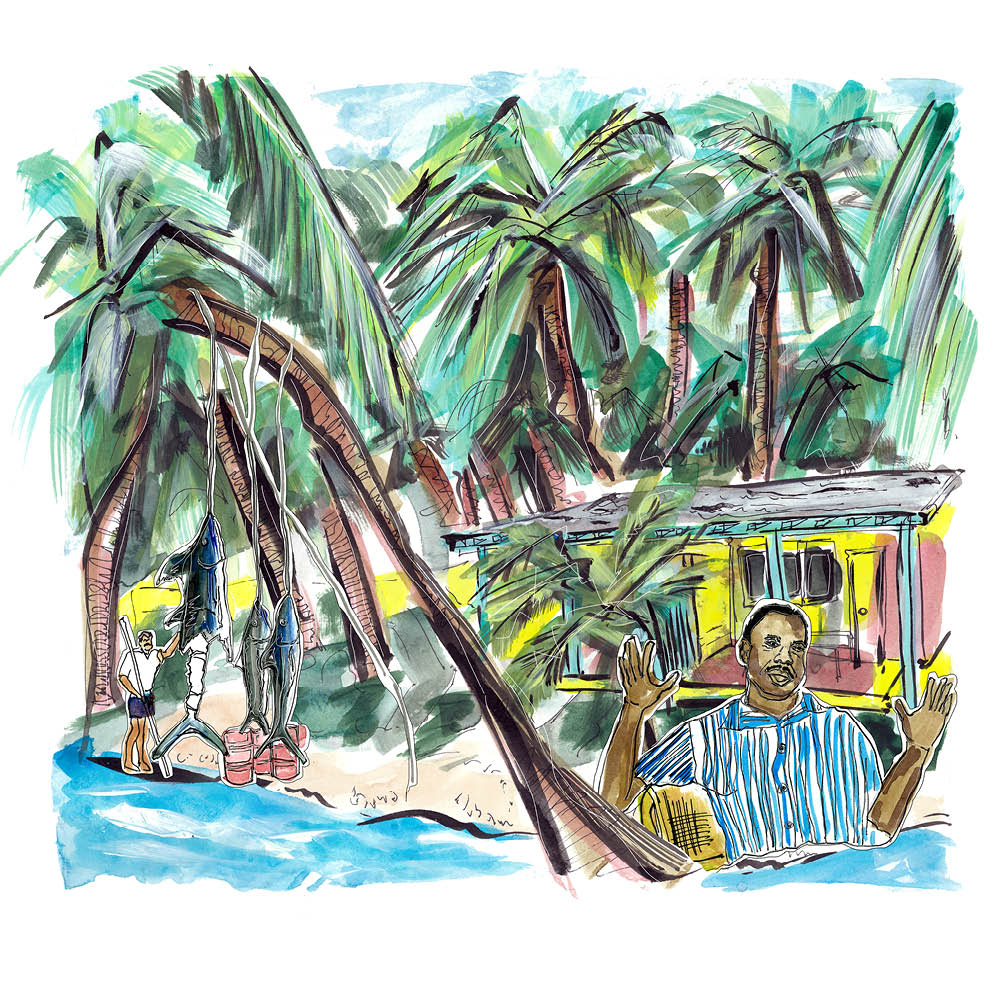






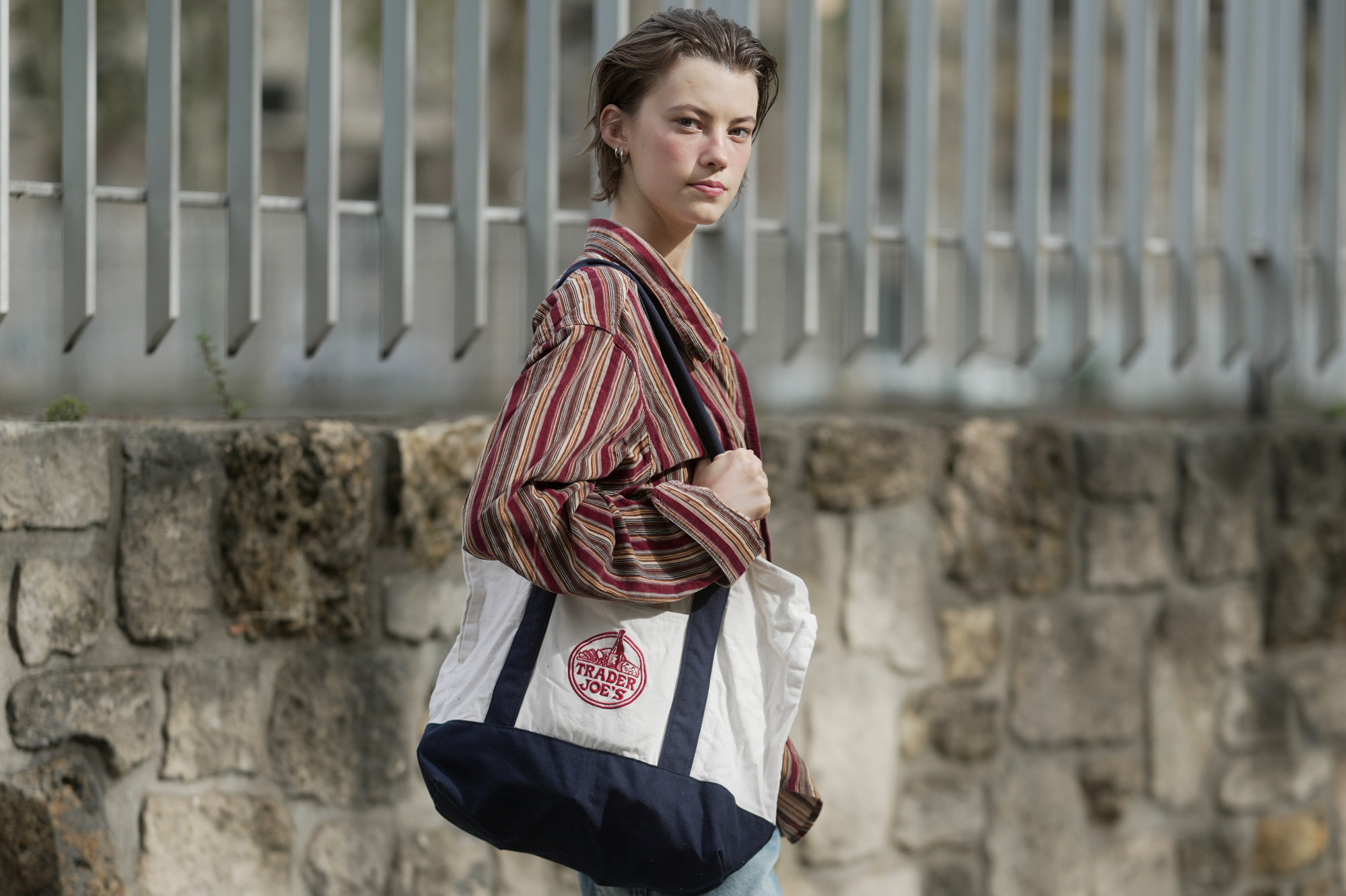
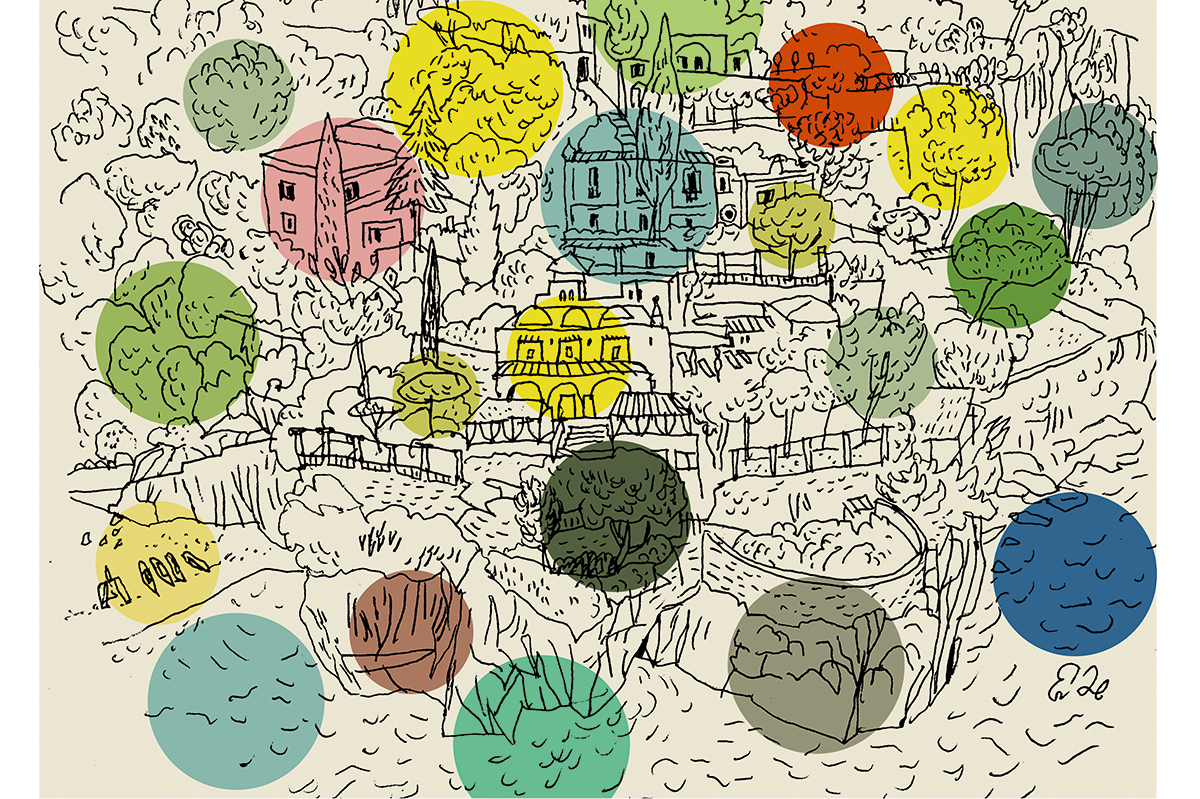
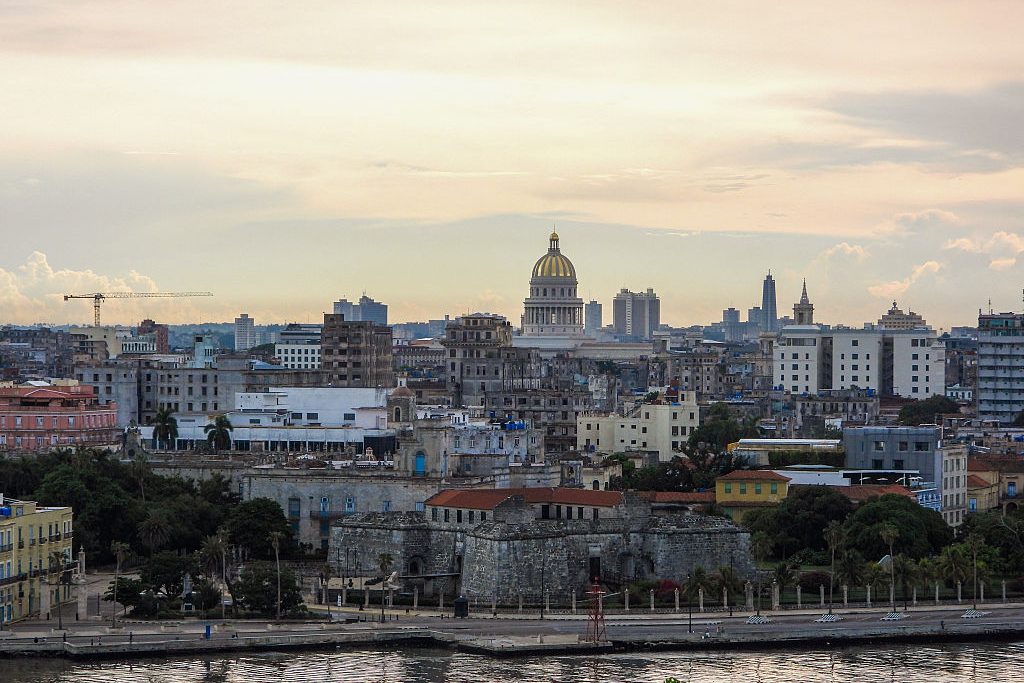

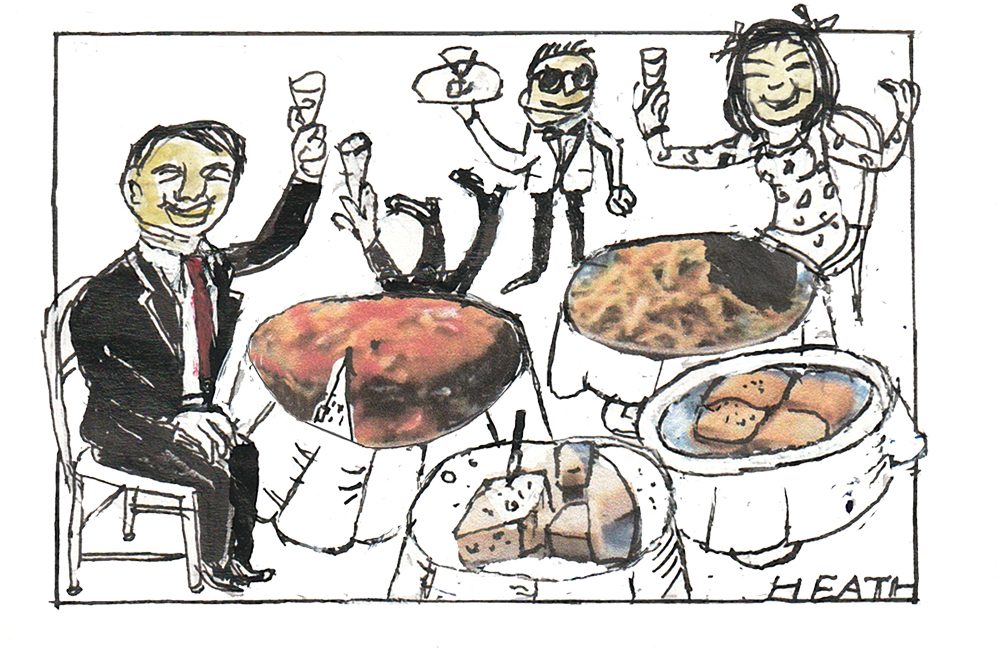
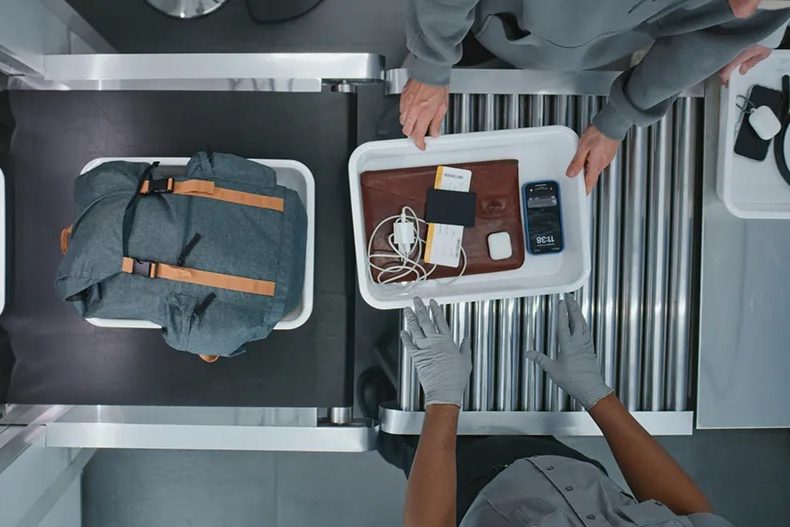

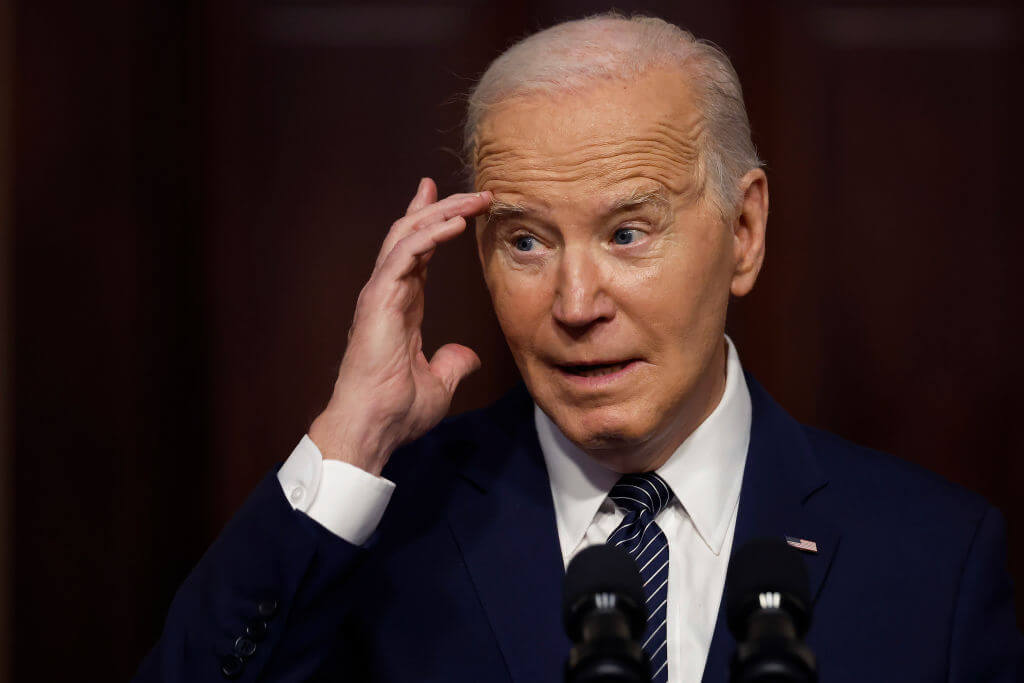


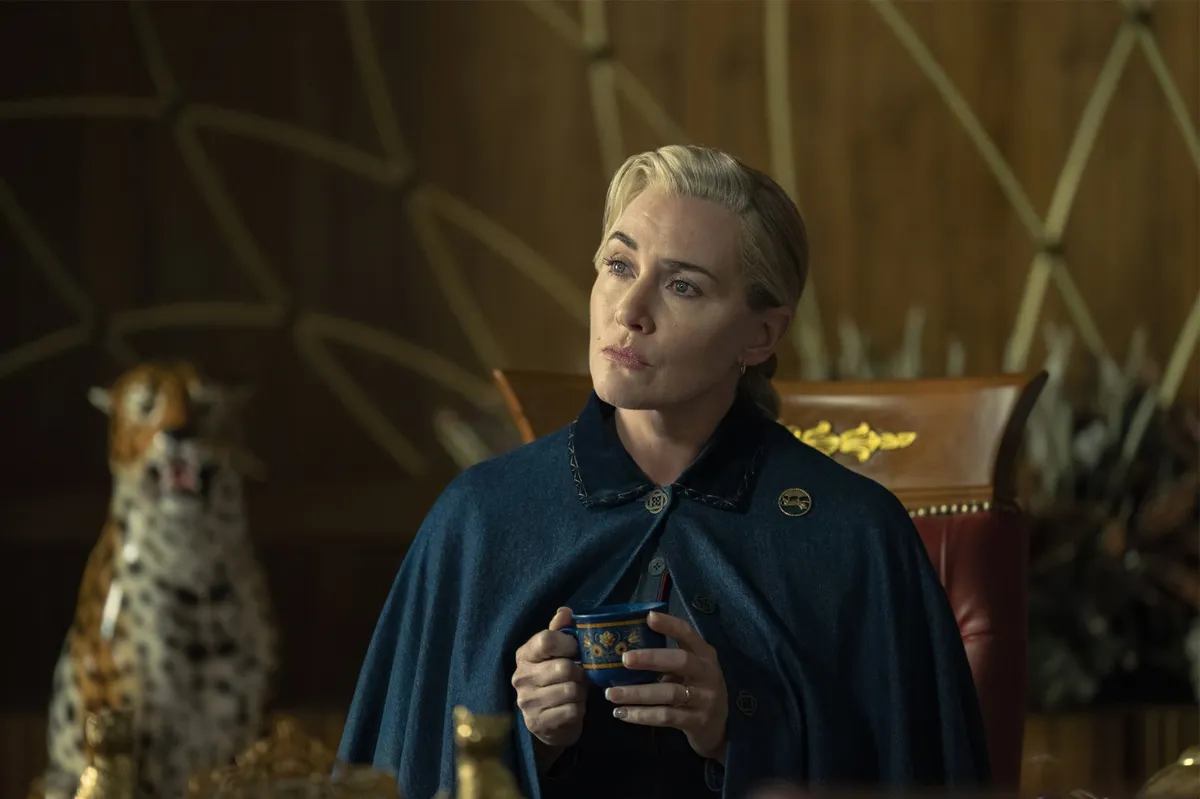
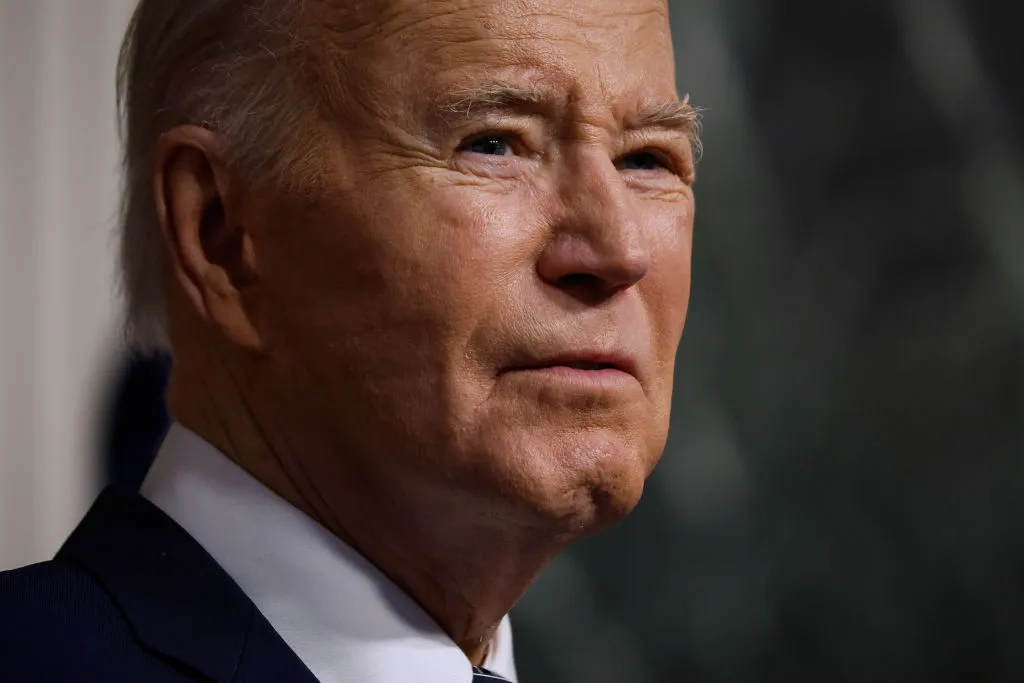

Leave a Reply